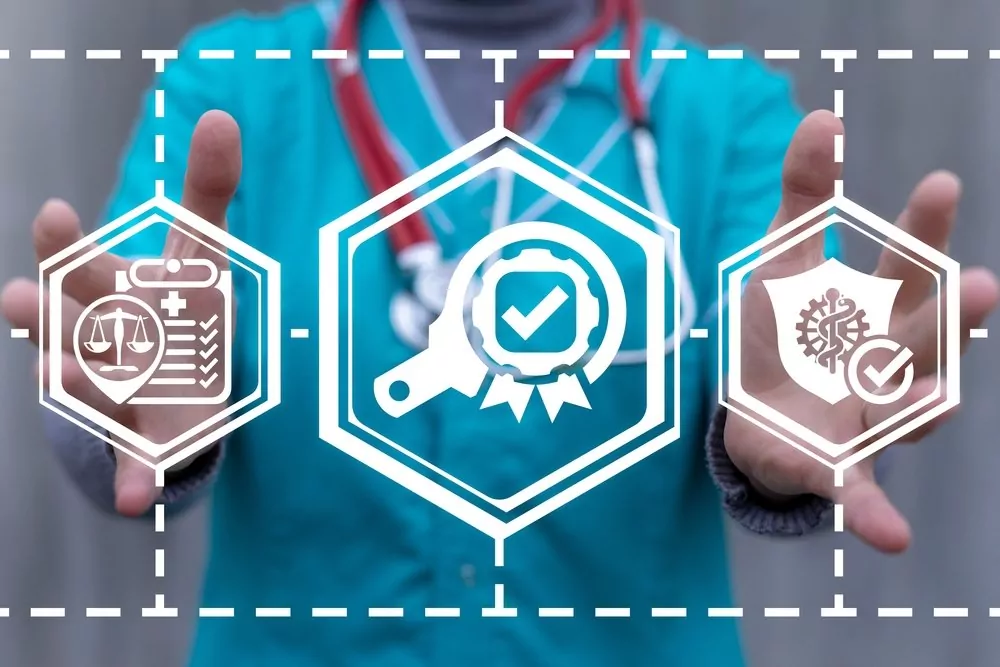Author: Keely So, Manager, Medical Devices / IVD
The vast majority (95%) of Australian Register of Therapeutic Goods (ARTG) entries*[1] rely on approvals from comparable regulators, with over 85% of these relying on EU approvals[2]. The problem is that under the new MDR/IVDR framework, EU Notified Bodies are stretched in their capacity to review medical devices and IVDs. That means manufacturers may need to look to alternative overseas approvals for entry into the Australian market.
Currently, the TGA recognises medical device approvals from Europe, Japan, Canada, and the United States to support new ARTG applications. That list is likely to grow as the TGA is considering expanding it to include additional comparable overseas regulators. One such regulator that is expected to soon be accepted under legislative updates is the Health Sciences Authority in Singapore.
What is new?
The Therapeutic Goods (Medical Devices – Information that Must Accompany Application for Inclusion) Amendment (Singapore) Determination 2022[3] was recently published as an amendment to the Therapeutic Goods (Medical Devices – Information that Must Accompany Application for Inclusion) Determination 2018[4]. Essentially, this means that approvals from the Health Sciences Authority (HSA) in Singapore will be recognised for certain classes of medical devices and in vitro diagnostics (IVDs). This latest amendment to include Singapore is great news for manufacturers as it provides an additional route for market entry and commercialisation into Australia.
What devices/IVDs will benefit from the change?
The classification schemes between Australia and Singapore are similar, with both using a risk-based approach. In Singapore, medical devices and IVDs are classified as Class A, B, C, and D (in order of increasing risk). In Australia, medical devices are classified as Class I, IIa, IIb, and III. IVDs follow a similar approach with Class 1, 2, 3, and 4.
The amendment specifically benefits manufacturers that have:
- Singaporean approvals for Class B, C, and D medical devices which can be used to support Class IIa, IIb, and certain class III ARTG applications in Australia, respectively.
- Singaporean approvals for Class B and C IVDs, which can be used to support Class 2 and 3 ARTG applications in Australia, respectively.
What does this mean for manufacturers and Australian sponsors?
Manufacturers and Australian sponsors seeking to take advantage of existing approvals from Singapore for ARTG applications will need to provide evidence of the medical device / IVD entry in the Singapore Register of Health Products. As is the case when using evidence from other overseas regulators, the approval must be for the same device (i.e. same design, intended purpose, and indications) that the Australian sponsor intends to include on the ARTG.
A noteworthy and unique feature of regulatory framework for both Australia and Singapore is that both allow use of overseas approvals to support device applications, unlike other global regulatory authorities. In Singapore, Class B and above medical devices/IVDs that do not have prior approval from an HSA reference regulatory agency are required to go through the full pre-market evaluation process. However, an abridged route is possible, provided the device/IVD has approval from an HSA reference regulatory agency (such as EU Notified Bodies, the TGA or the US Food and Drug Administration)[5].
It remains to be seen whether the TGA will treat HSA approvals from abridged evaluations any differently to those attained via the full evaluation process. The latest amendment does not currently specify this level of detail. Once the changes come into effect, it is anticipated that updates to guidance documents[6] will provide further insights.
When do the changes come in effect?
The amendment only commences when the Therapeutic Goods (Overseas Regulators) Amendment (Singapore) Determination 2022[7] is in force. At the time of writing, the legislation is yet to be made effective, however, this is likely imminent and will only be a matter of time.
How can Pharmalex help?
Navigating global regulatory requirements can be complex. Our team is here to help you identify the most appropriate application route for your device and deliver tailored support throughout the process.
[1] *Excludes Class I
[2] Regulatory update from the Medical Devices Authorisation Branch (May 2022)
[3] Therapeutic Goods (Medical Devices – Information that Must Accompany Application for Inclusion) Amendment (Singapore) Determination 2022
[4] Therapeutic Goods (Medical Devices—Information that Must Accompany Application for Inclusion) Determination 2018
[5] Registration Overview – Health Sciences Authority
[6] Use of market authorisation evidence from comparable overseas regulators / assessment bodies for medical devices (including IVDs)
[7] Therapeutic Goods (Overseas Regulators) Amendment (Singapore) Determination 2022








